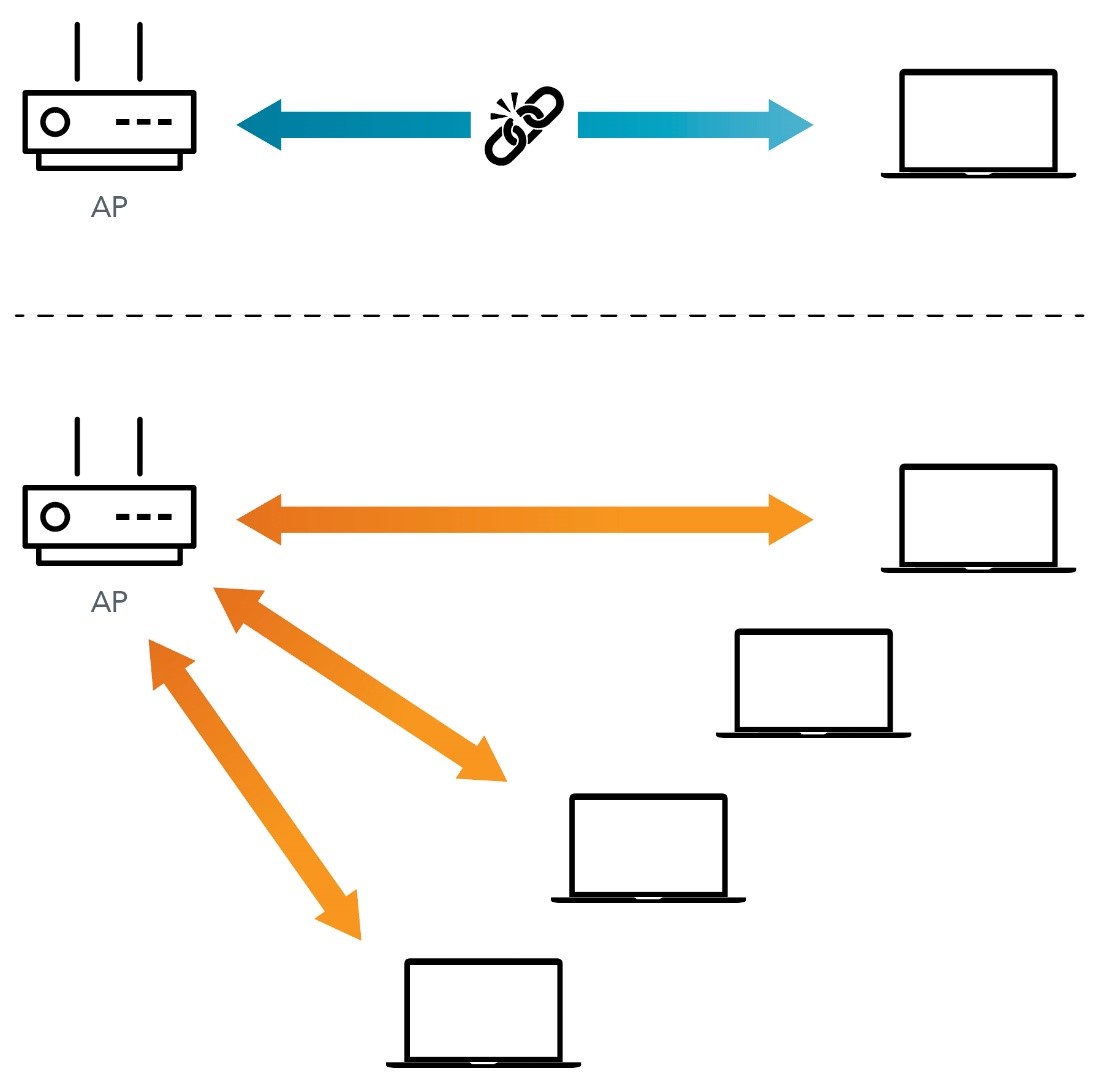 Wi-Fi Alliance® continues its #20yearsofwifi blog series with a guest post from LitePoint. Thank you for following this series throughout 2019 to celebrate the amazing success of Wi-Fi® over the last two decades!
Wi-Fi Alliance® continues its #20yearsofwifi blog series with a guest post from LitePoint. Thank you for following this series throughout 2019 to celebrate the amazing success of Wi-Fi® over the last two decades!
What role does Wi-Fi play in your business? How will that change in the future?
Reflecting on 20 years of Wi-Fi is reflecting on 20 years of LitePoint. Founded in 2000, LitePoint has grown up with Wi-Fi, and it continues to be an essential part of our business. Our goal was to nurture a way to make it easier for companies to adopt new wireless technologies in their products. The capability and complexity of the technologies behind Wi-Fi continue to change at an extremely rapid pace… we don’t see this slowing down.
Wi-Fi has always pushed the performance requirements of our equipment. We embrace the creative destruction that Wi-Fi enables, and it reinforces our DNA of innovation to solve these technological (and sometimes economic) challenges. The flexibility that unlicensed spectrum deployment enables has given Wi-Fi an edge in the market to gain ubiquitous adoption.
In the first 20 years, we have helped manufacturers deliver more than 10 billion Wi-Fi-enabled products to market, and are confident that this will expand in the coming years as Wi-Fi moves beyond mobile and networking products.
In the early days, what were the challenges around Wi-Fi adoption?
In the early days, devices would not talk to each other. There was a lack of understanding of RF (Radio Frequency) technology and early Wi-Fi cards had horrible RF performance. We worked together with manufacturers and developed analysis tools that ensured compliance to specifications. Being able to deliver consistent performance helped to establish the market adoption of Wi-Fi.
Early on, companies were also experimenting with proprietary features – for example, the first MIMO systems were proprietary. Fortunately, MIMO became part of the IEEE standard and is now mainstream.
It’s important to credit Wi-Fi Alliance for the work that they have done over the years that ensure interoperability and common adoption of standards. In the long term, a fragmented world of closed-ecosystem equipment would have hurt Wi-Fi’s growth.
To become the universal networking technology that it is today, the key to Wi-Fi’s success has been its plug-and-play simplicity – the fact that users can take any equipment, from any generation and from any vendor and get a Wi-Fi signal.

Figure (LitePoint): Evolution of Wi-Fi Interoperability
What are some of the most innovative Wi-Fi use cases? Most useful? Most widely used?
In the early deployments of residential broadband services, there was no such thing as “high speed internet.” Dial-up services were in the tens of kbps, and DSL increased that to over 1 Mbps. Even just 5 years ago, the average internet connection in the United States was 6 Mbps. The first generation of commercially deployed Wi-Fi (802.11b) easily exceeded these data rates.
When Wi-Fi initially hit the market, it could simply be perceived as a wireless medium to untether PCs… a novel convenience, but certainly not a necessity. It wasn’t until some pioneering companies (with a hefty dose of video compression) started distributing video over Wi-Fi that consumers started to realize the potential for a mobile media experience. Fast forward a decade and video consumption is the largest user of Wi-Fi, and is largely responsible for the success and adoption of over-the-top (OTT) video streaming services. The technology improvements throughout the generational evolution of Wi-Fi have since been largely tied to expanding the delivery of video. Many people now consider Wi-Fi a necessity, rather than just a convenience.
While perhaps not as glamorous as video, an innovative and useful new Wi-Fi feature is the capability for devices to have a dedicated receiver for performing channel management. Dedicated to scanning channels, monitoring utilization and beacons, this receiver enables simultaneous channel management and data sessions. Having this makes it easier to move to a new channel without breaking the data connection. The end result is higher quality of service, a better user experience, and a more efficient use of precious unlicensed spectrum.
Why is it critical for Wi-Fi to have more unlicensed spectrum?
The recent announcements by the FCC to consider allowing 1,200 MHz of additional spectrum for unlicensed use in the 6 GHz band and the even more recent announcement to enable 45 MHz of new spectrum in the 5.9 GHz band are significant steps to make Wi-Fi a technology that stays relevant for the next 20 years.
As the workhorse of the wireless world, Wi-Fi already carries more internet traffic than any other wireless technology, despite having less than 300 MHz of spectrum available (less than 600 MHz with DFS channels).
Even with the improvements that Wi-Fi 6 brings, several studies have highlighted how data demand in the coming years will exceed current capacity unless new spectrum is opened. Additional unlicensed spectrum will address critical problems that users face.
Over 59 new channels will enable congestion free communication and the availability of contiguous spectrum in the 6 GHz band will unlock the use of 80-MHz or 160-MHz channels that are needed to achieve high throughput for next generation applications.
IEEE’s decision to restrict use of the 6 GHz band to Wi-Fi 6 traffic is also key to ensure that high throughput rates and congestion-free network access can be instantly achieved by users without hindrances from legacy Wi-Fi devices. It will realize the true potential of this technology almost overnight when the new bands are enabled.
The statements and opinions by each Wi-Fi Alliance member and those providing comments are theirs alone, and do not reflect the opinions or views of Wi-Fi Alliance or any other member. Wi-Fi Alliance is not responsible for the accuracy of any of the information provided by any member in posting to or commenting on this blog. Concerns should be directed to info@wi-fi.org.




Add new comment